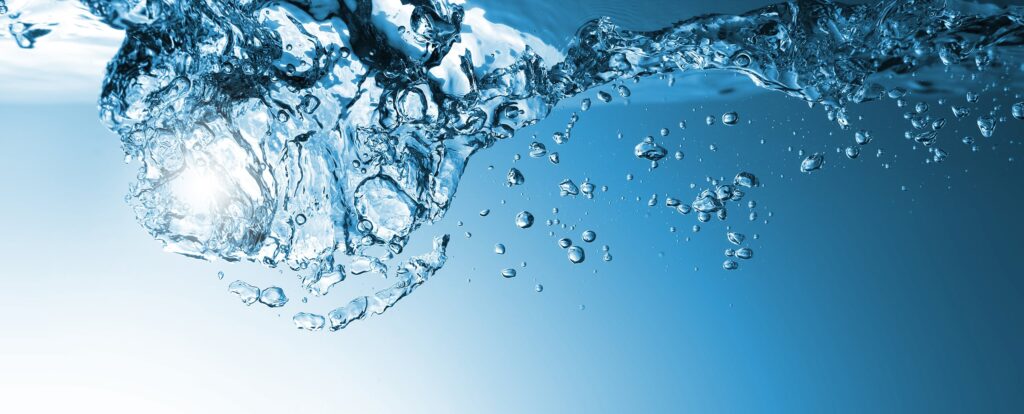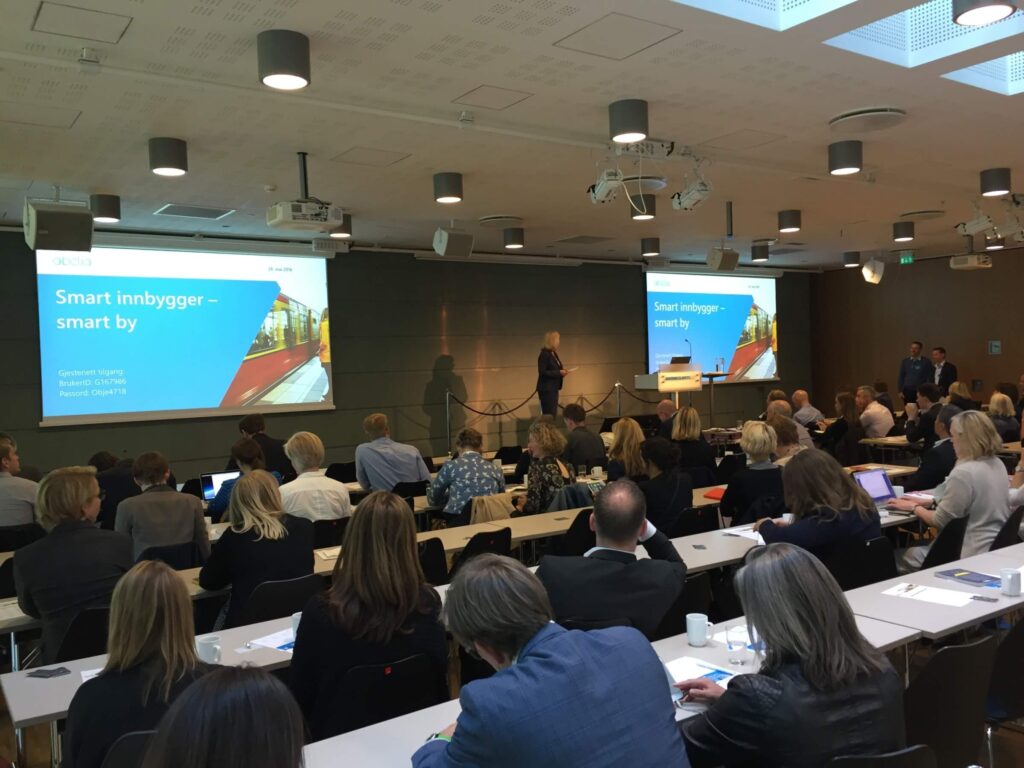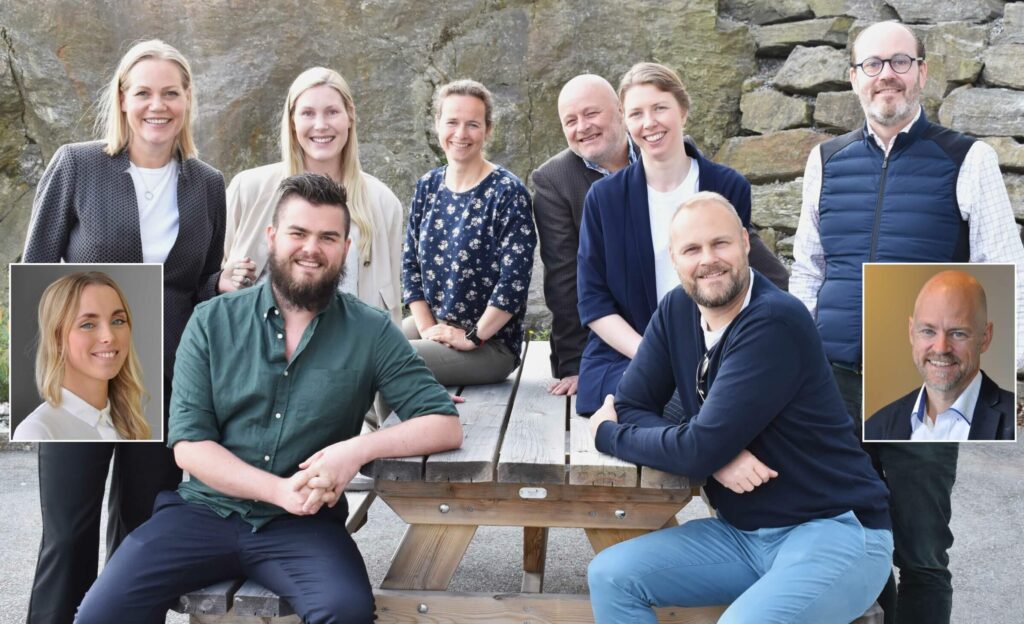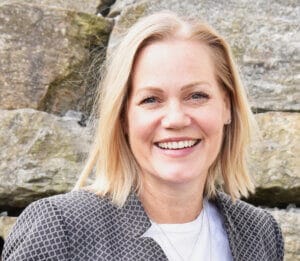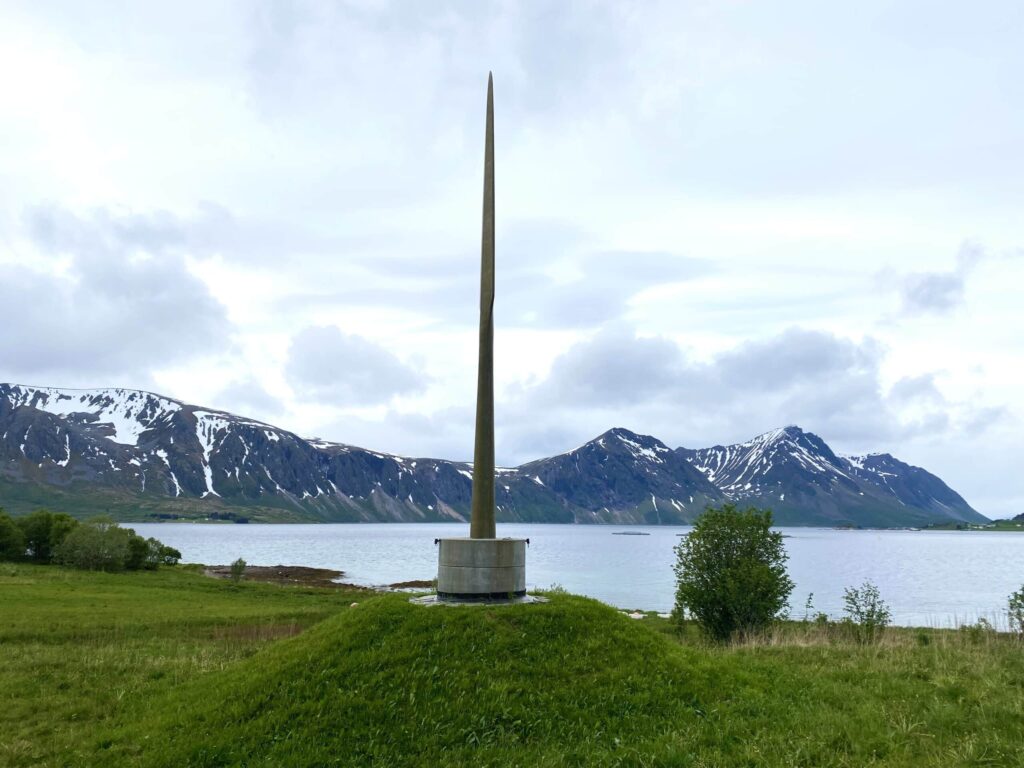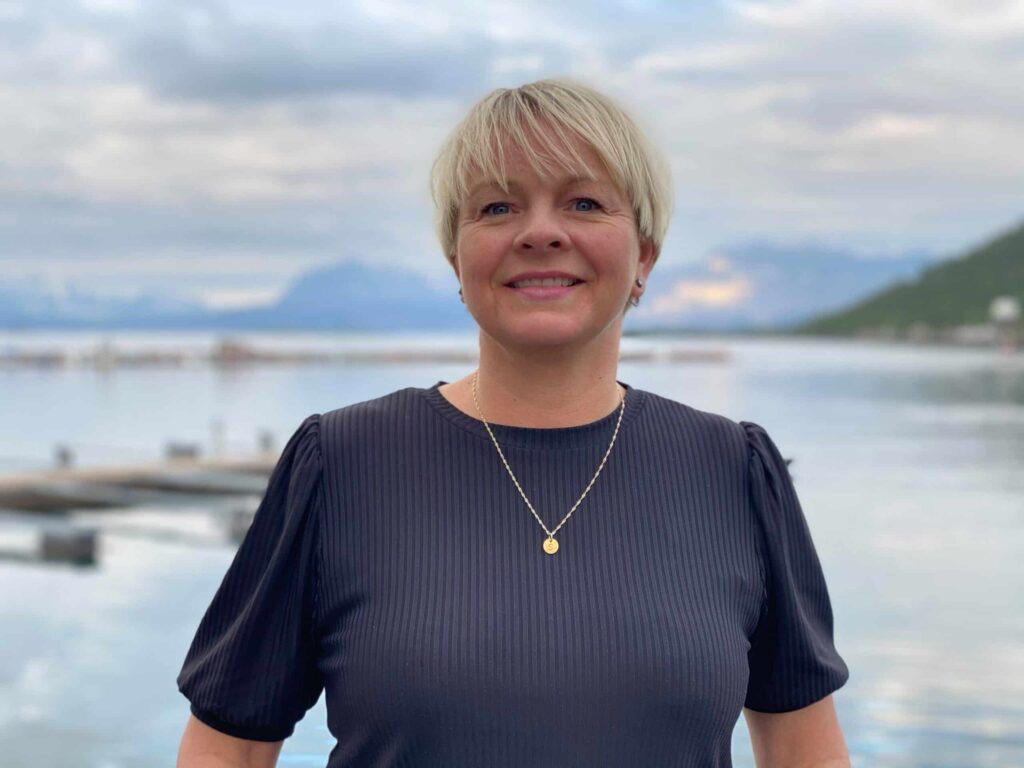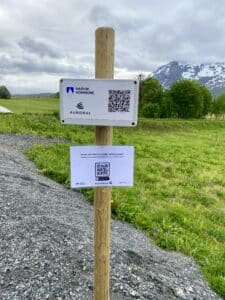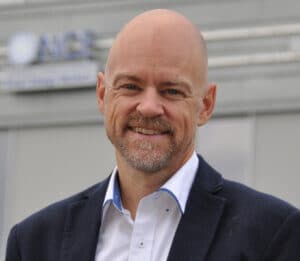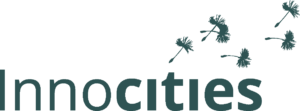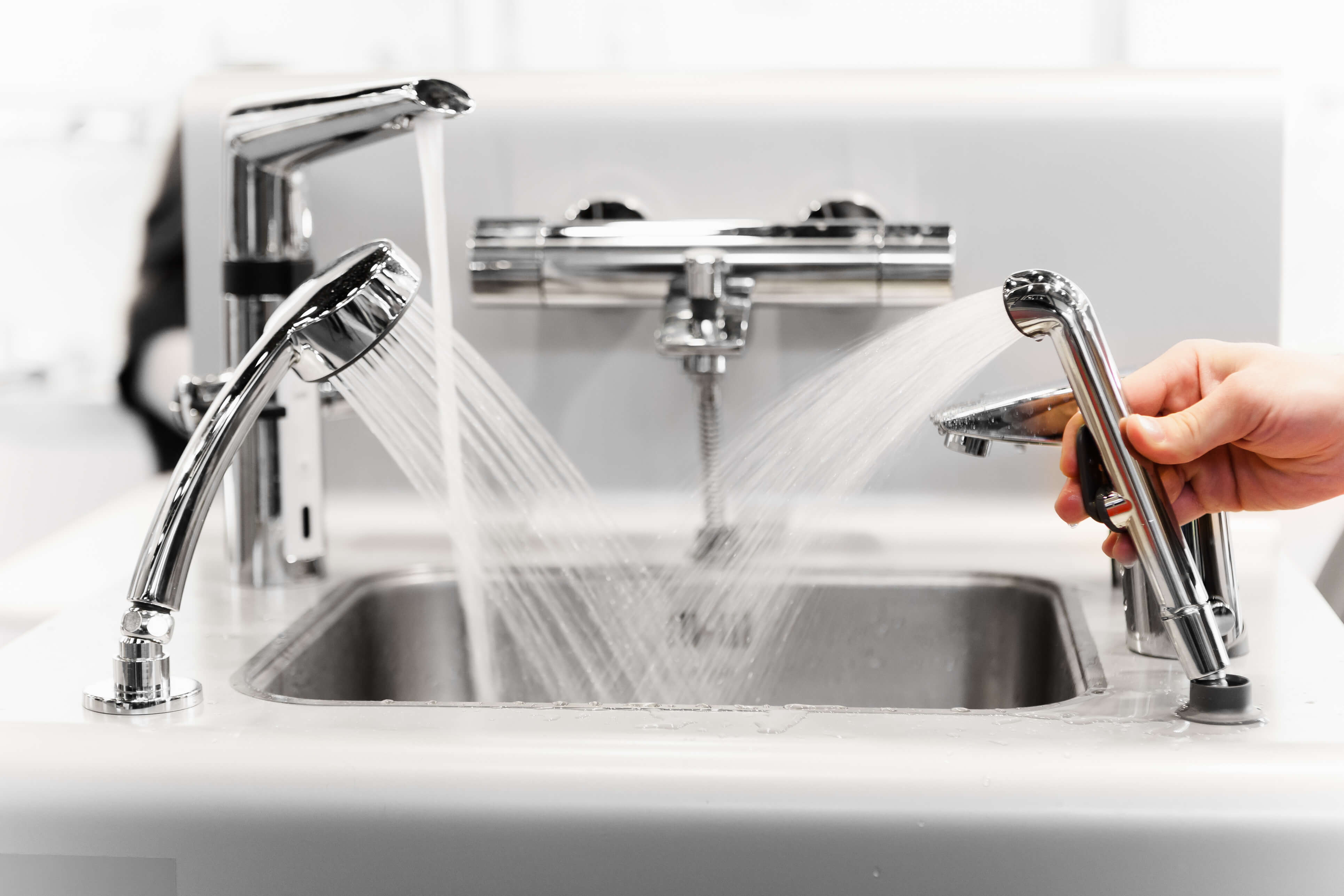National, regional and municipal climate targets require a total transformation of current energy systems and the production of renewable energy is considered one of the most important actions in this process. However, the ongoing electrification of various sectors leads to a large increase in electricity demand and requires more renewable power generation. These changes bring pressure on the infrastructure, costly investments and challenge the operation of the distribution networks.
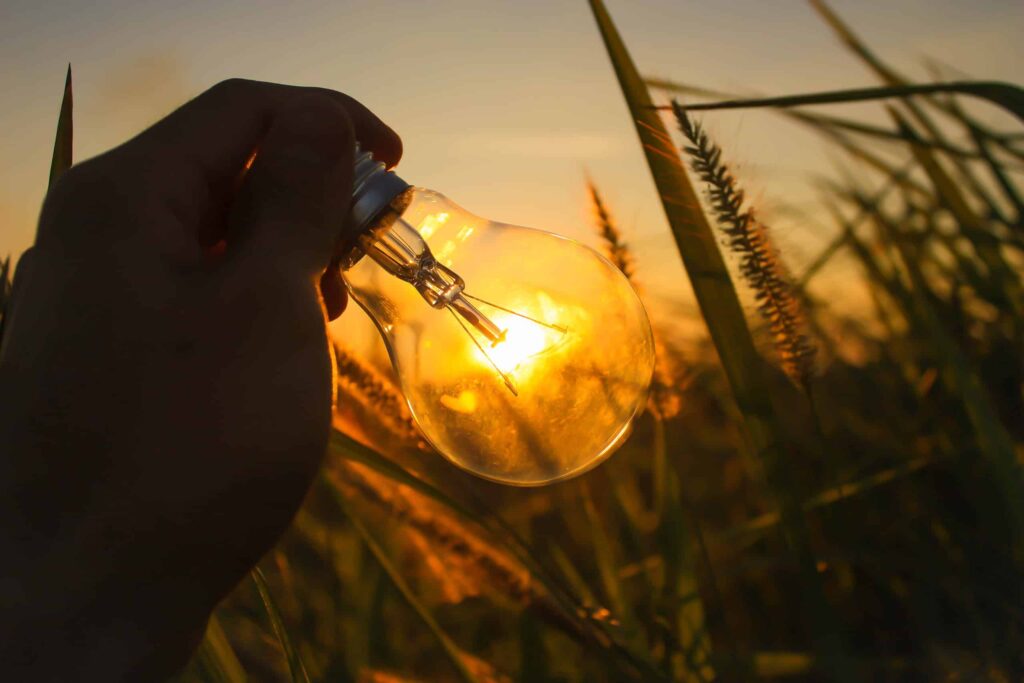
It is therefore necessary to reduce and optimize each individual's energy consumption. Establishing local energy communities, which relieve the grid operation, can be a step in the right direction.
What are Local Energy Communities (LECs)?
Local energy communities are when several individuals, households or actors come together and produce and store electricity locally, so that the grid company will be able to operate the grid without having to invest in expensive infrastructure. Given that production and storage takes place within the circuit of one and the same grid station, opportunities are created for improved monitoring and local trade. These allow for a more favorable grid operation and for the creation of business models that facilitate the use of smart grid technology, distributed renewable energy production and storage.
Gains
In order for municipalities to achieve their climate and environmental targets, increased local production of renewable energy is required. Renewable energy reduces greenhouse gas emissions and by utilizing areas that have already been affected by humans, the need for intervention in nature is reduced.
When several individuals, households or actors come together, it will be economically possible for more people to produce their own energy. By sharing the energy locally, consumers are more assured that the power consumed comes from renewable sources, and joint ownership makes it possible to influence decision-making locally.
For network companies, local energy communities will be able to contribute with better local coordination of resources, balancing production and consumption, and making consumer flexibility more accessible. This will reduce the load on the network both in periods when consumption is high, and in periods of high production. In this way, the existing power grid can be utilized better, and the need for reinvestments can be postponed. Local energy communities as a replacement for traditional grid investments can be a cost-effective solution, and will thus be economically beneficial also for grid customers outside the local energy community. Other factors that can be beneficial for the power system and grid companies are increased opportunities for innovation by grid customers, less transmission loss when more energy is produced locally, as well as the opportunities a local energy community gives participants to gain better insight into the power system.
Challenges
In order to be able to produce electricity together in a local energy community and sell this production to the electricity company/grid company, the following elements must be in place:
- Opportunities within regulations
- 5 July 2022 - The government puts forward an exemption, which means that housing associations will be allowed to share their own renewable electricity between buildings and apartments without the residents having to pay electricity tax and network rent, even if the electricity is through the electricity grid. This also applies to commercial buildings
In practice, it does not matter what kind of house it is, as long as it is within the same property. Eg: Apartment buildings where the housing units are on the same property, commercial buildings with several meters on the same property, condominiums consisting of several houses on the same property, farms with several buildings (and perhaps several meters) on the same property. - 27 July 2022 - The Regulatory Authority for Energy (RME) has been commissioned by the Ministry of Petroleum and Energy (OED) to submit proposals for regulatory changes for consultation to introduce a new model for sharing excess production
- 5 July 2022 - On behalf of the Ministry of Finance, proposals for changes to regulations on excise duties are submitted for consultation. The proposal applies to exemptions for power from renewable energy sources used on the same property
- 5 July 2022 - The government puts forward an exemption, which means that housing associations will be allowed to share their own renewable electricity between buildings and apartments without the residents having to pay electricity tax and network rent, even if the electricity is through the electricity grid. This also applies to commercial buildings
- Physical attributes such as units for production and possibly storage, infrastructure locally and towards the grid.
- Digital tools such as management systems and delivery of statutory information (e.g. to Elhub) and handling (e.g. balancing), distribution internally in own network, etc.
- Agreements between producers, consumers, electricity/network companies, aggregators etc.
If financial benefits for members of local energy communities lead to an increased financial burden for remaining grid customers, the development may go in the wrong direction. Local energy communities will also be able to burden the grid further if the local energy community's desire to maximize profit or degree of self-sufficiency comes at the expense of what is beneficial for the power system. In order to exploit the opportunities that lie in local energy communities and ensure safe and fair operation, it will be absolutely necessary for a good interaction between the grid company and local energy communities.
How can municipalities facilitate?
The municipality should work more with local involvement and facilitation for local conditions and competence building. There are many ways and levels citizens and households can get involved in local energy communities:
Individual participation
Residents or households can contribute by purchasing green energy, supporting/participating in energy renovations, commitment to a sustainable lifestyle and active participation in the design and operation of local energy communities.
Local energy initiatives
Citizens and households can get involved in the energy system through collective measures. This can be anything from motivating neighbors to save energy, to becoming active market units as part of a local energy community. As of today, the proposed changes for sharing only apply to one property (same farm and utility number). It could be very interesting to work further on being allowed to share production in a neighbourhood, possibly as a trial scheme to distribute costs towards grid companies, etc. This is an interesting project for the research department and some of the customers in NCE.
Energy citizenship through local energy communities
The Clean Energy for all Europeans package gives citizens the opportunity to take a central role in local energy communities. The Norwegian Energy Regulatory Authority (RME) presented the report "Arrangement for the sharing of renewable power production" in August 2021. In July 2022, RME was commissioned by the Ministry of Oil and Energy (OED) to submit proposals for regulatory changes for consultation to introduce a new model for sharing of surplus production. The proposal describes how the settlement regulations and regulations on control of network operations can facilitate customers within the same property to be able to share production. This means that where several customers share a connection point to the grid, they can produce and distribute energy between them, before sending power to the grid as a plus customer. A typical organization for several customers behind one connection point is a housing association. This means that if the electricity has to pass through the measuring point, it is no longer divisible outside the grid, and normal rules for using electricity from the grid apply. One connection point applies to one property, a farm or utility number. How calculation and distribution behind the connection point should take place is assessed in RME's consultation document: Equal distribution, optional distribution key or dynamic distribution key. Per day, only these are practically possible to carry out in elhub. Development of several types of distribution requires research, which Smart Innovation Norway can be involved in.
Energy community as, or with, an aggregator role
Distributed energy resources (DER) are small and medium-sized power resources linked to the distribution network. Aggregators aggregate DERs to engage as a single entity—a virtual power plant—in power or reserve markets. The services they can offer are flexibility in the form of load shifting or cutting consumption. This can be used by Statnett for frequency balancing or by the network company in case of local network challenges.
If you have more questions about the topic, please contact one of us in Smart Communities .

